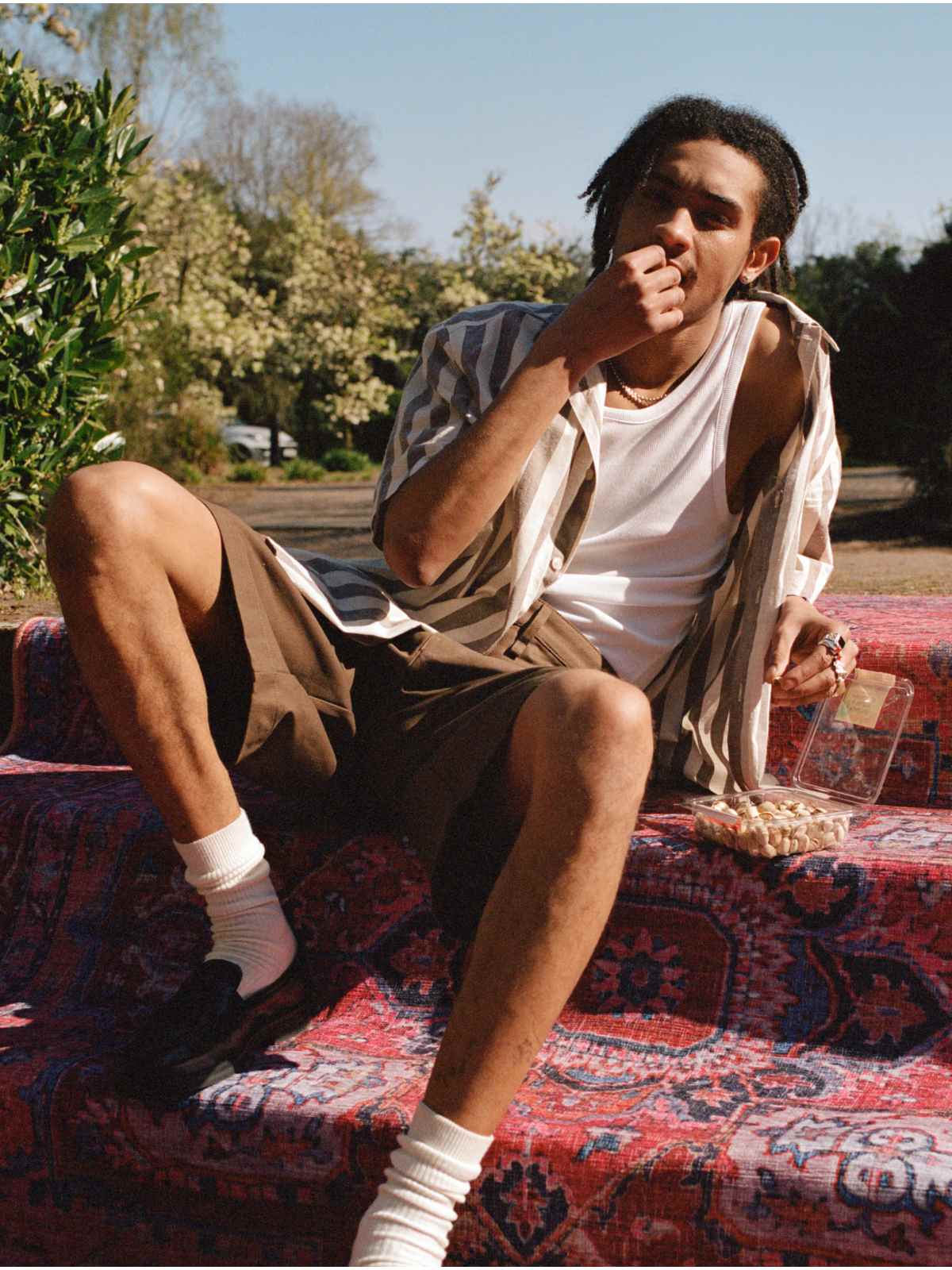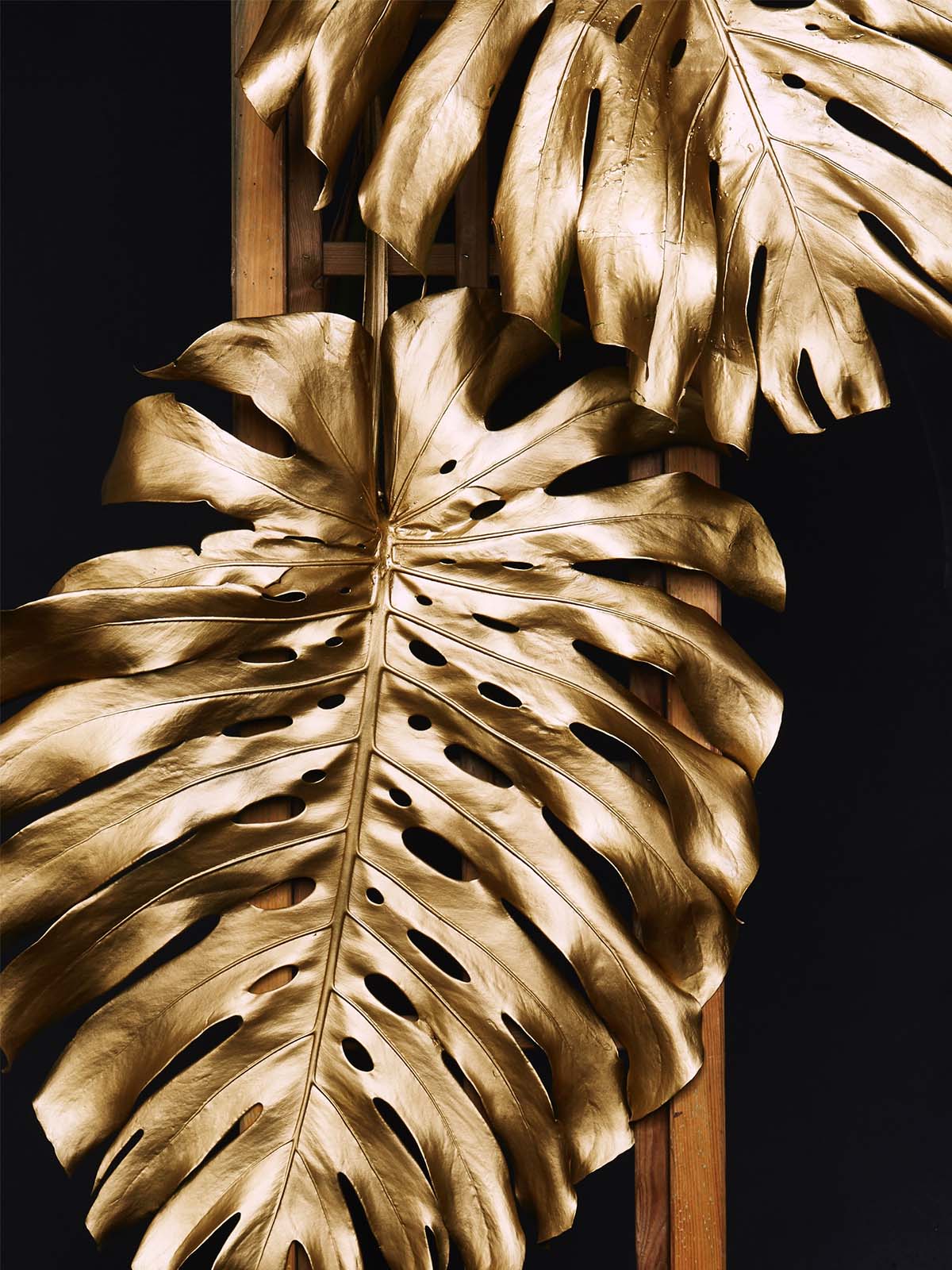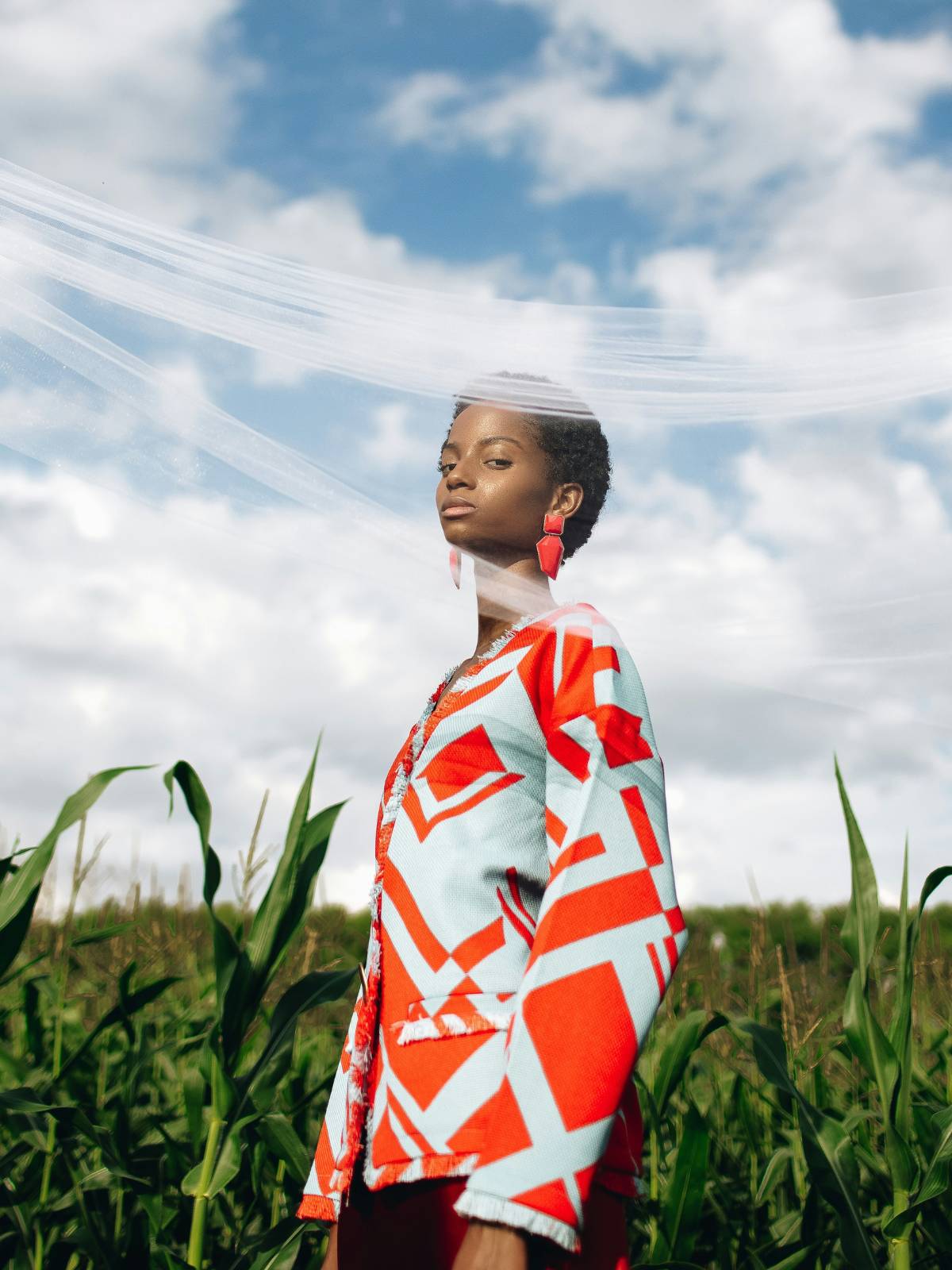Luxury brands from Hermès to Louis Vuitton make a literal killing from selling crocodile skins, but not without also causing harm to people and the planet in the process.
Fashion’s use of wild animals
As most major luxury brands have moved beyond fur, “exotic skins” remain the most controversial used in fashion.
By saying “exotic skins”, the industry obfuscates the fact: these are the skins of wild animals who have not been domesticated. In fashion, wild animals commonly captured and factory farmed include foxes, raccoon dogs, minks, crocodiles, alligators, ostriches, peacocks, kangaroos, snakes, and lizards.
Crocodile skins are considered particularly luxurious by the fashion industry, used mostly in the creation of expensive handbags, wallets, and other accessories, as well as for some shoes. Extremely costly, the number of crocodiles (and other reptiles) slaughtered for fashion may be dwarfed by the number of bovine and other domesticated animals killed in fashion supply chains, but that doesn’t diminish the severity of the harm caused to animals, people, and the planet.
In Australia, where most crocodile skins used for luxury fashion are produced, many factory farms are owned by the luxury fashion industry itself. As a result, a select few multi-national brands are solely responsible for an enormous amount of suffering and harm. Bags made from crocodile skin are prohibitively expensive for most people, with prices ranging from tens to even hundreds of thousands of dollars.
Let’s explore how crocodiles are factory farmed, how this impacts their wellbeing, and how they are slaughtered—before delving into the “conservation” arguments linked to the treatment of native crocodiles, their impact on natural ecosystems, the tanning of crocodile skins, and Indigenous perspectives on the commercial crocodile trade. Of course, it’s important to look at solutions, too, so we’ve outlined more just and sustainable alternatives to these skins.
The cruel crocodile skin trade
Because crocodiles are so dinosaur-like (they actually share lineage with dinosaurs, as they came from “archosaurs”, known as “ruling reptiles” who roamed the earth 250 million years ago), it can be easier to feel afraid of them than to connect with them like we would other animals.
But despite their hardened exteriors, crocodiles are sensitive, thinking, and feeling creatures like any other animal.
Crocodiles are known to enjoy playing together, within families they display strong maternal bonds, and they have highly developed social lives. They may be very different from some other animals, and from us, but in the ways that matter most, we’re all the same: sentient creatures, able to feel fear as much as joy, pain as much as pleasure.
Despite their scientifically proven capacity for sentience, crocodiles are subjected to immense cruelty and suffering for the sake of luxury fashion. Here’s what that looks like.
Factory farming an ancient species
The saltwater crocodile, or “crocodylus porosus”, is native to Australia and considered to have some of the most coveted skin in the fashion industry. Other crocodile species killed for fashion include the Nile crocodile, and a number of crocodilian species found across parts of Asia and America. Crocodiles may look the same way they did 200 million years ago, but the way they are treated in factory farms is a far cry from their natural environments.
Across the world, crocodile species in factory farm settings are confined to barren concrete pits and cages. In farms producing “cheaper” skins, crocodiles can be crammed together, packed on top of one another in these dank environments, whereas on farms aiming to produce “higher quality” skins that are free from scratches, crocodiles grow in individual cages. In both instances, gregarious crocodiles suffer mental anguish, denied their most basic natural instincts.
In Australia, where both Hermès and Louis Vuitton have bought their own crocodile factory farms in order to gain more control of their supply chains, it is claimed that “the highest standards for the ethical treatment” of these animals are met, and that local laws are followed. However, Australian codes of practice for the farming of crocodiles allows these reptiles to be confined to cages shorter than the length of their own bodies—as little as 0.25 square metres.
While free, crocodiles travel up to 10km in one go, even surfing currents to travel hundreds of kilometres over their natural habitat in any given month. But when luxury brands provide crocodiles with a cage just longer than their own bodies, they are able to claim they provide a higher standard of care than is legally required. While technically true, such an environment is not conducive to crocodile wellbeing, as they are wild creatures that require space to roam.
Crocodiles are not bred into these factory farms, but captured from the wild before they have hatched out of eggs, while nests are left unguarded. These hatchlings are born into a totally foreign environment from the swampy, wetland ecosystems they have evolved to thrive in.
Killing crocodiles
Despite an average natural lifespan of 70 years old, crocodiles in luxury fashion house-owned factory farms are killed at just two or three years old—at most, crocodiles live out less than 5% of their natural lifespan. Not only are decades of life stolen from these creatures, methods of crocodile slaughter in the fashion industry are particularly gruesome. Crocodiles across Vietnam, Zimbabwe, and the United States have been documented being skinned alive, before being turned into bags for brands owned by luxury fashion group LVMH. Workers have stated that it can take hours of suffering before crocodiles die, and other investigations have shown crocodiles dying as they are forcefully pumped full of pressurised air.
Even when following legal guidelines, crocodile killing is cruel. The recommended, legal method of slaughter for crocodiles is by first temporarily electrically stunning them, before they are shot in the head with a captive bolt gun. Then, the crocodile’s head is sliced open, and a metal rod is plunged into their brain, killing them. Blunt-force trauma killing is also accepted in many instances. These methods of slaughter prioritise the protection of the neck and underbelly skin, which are highly valuable.
Environmental impact of crocodile killing
The crocodile skin trade is not only cruel—it impacts the environment, too. This industry is wrapped up in a dark and complex history of species endangerment and extinction, and the alteration of natural crocodile relationships with their ecosystems, which would normally benefit biodiversity. Too, the tanning of crocodile skins is water-intensive and results in toxic pollution.
Why the “conservation” argument doesn’t add up
Siamese crocodiles across Asia were driven to the brink of extinction in the 1950s when the international skin trade expanded, and just two decades later, only 3,000 saltwater crocodiles were left in the Northern Territory of Australia. Fashion has a long history of driving animals to near and total extinction.
Following this near annihilation, crocodiles in Australia were granted protections to help save the species from extinction, and as a result, their populations healthily increased. At the same time, industry lobbying saw their protections under the Convention on International Trade in Endangered Species of Wild Fauna and Flora (CITES) change, in order to legalise the factory farming and killing of the species. This lobbying was made possible, in part, by shifting public opinion on crocodiles, following a number of attacks. Public education relating to safe cohabitation practices between humans and crocodiles was relatively new then, and is now widespread.
Today, as a result of this move, more saltwater crocodiles live in concrete pits and cages owned by and supplying luxury fashion brands than live in their natural habitat in Australia.
Proponents of “trophy hunting” and crocodile farming alike argue that wildlife can be exploited and killed for the sake of their own conservation. Conservation aims to protect wild species and their ecosystems, yet the luxury fashion industry’s very treatment sends an utterly conflicting message that such native animals are not valuable alive. Removing the eggs of native animals—who have lived on their land for at least 100 million years—from their natural habitat in order to confine them to cages for profit is not beneficial to wildlife, their ecosystem, or the development of much needed improved human appreciation for wilderness.
Focusing on an economic basis for conservation which fails to address the wellbeing of the animals supposedly conserved is also out of alignment with growing calls for “compassionate conservation”, as popularised by experts like Dr Marc Beckoff. Conservationist Chris Darwin—who is also the great-great-grandson of Charles Darwin—encouraged a just transition beyond the use of crocodiles in fashion, stating that he supports “compassionate conservation which not only looks at saving the species, but also looks at the integrity of their lives and the fact that they are living good lives.”
After viewing footage from crocodile factory farms supplying to Hermès and Louis Vuitton, Darwin continued, “this is an unacceptable way to treat any animal…the audacity to call this conservation when really it is just commerce, it seems ridiculous.”
How commercial slaughter harms biodiversity
Protecting native animals like crocodiles is a deeply important part of protecting the environment, and we must protect not only species populations, but individuals of these species, too.
When allowed to live in their natural habitat ecosystems, crocodilian species play key roles in protecting these environments around the world. Crocodiles are large predators, and their presence helps to balance broader animal populations, benefitting biodiversity. When wild crocodile populations have previously declined in the Philippines, for example, fish populations also declined drastically. Crocodiles are intensively farmed in some parts of the Philippines today.
Tanning crocodile skins is water intensive and wasteful
As with any other skins transformed into materials for use in fashion, crocodile skins must be tanned. Without tanning, all animal skins would rot; the process exists to make something organic (skin) inorganic (leather), so that products last a long time. However, this process can render skins non-biodegradable, even when vegetable-tanned.
Crocodile skins are tougher than other animals commonly used for leather, and as a result, a United Nations FAO states that vegetable tanning is generally not possible, with chromium being used instead. The vast majority of all leather is tanned with chromium, which is carcinogenic and dangerous when polluting natural environments.
The tanning process is also water intensive and wasteful, with gaseous, liquid, and solid waste being produced. Pollution caused by tanneries using this and other harmful substances can result in the contamination of waterways, negative health impacts for both wildlife and human communities, and the killing of plant life as well as decreased soil fertility.
The human impact of the crocodile skin trade
Indigenous communities and crocodiles
The crocodile skin trade and supporters of it continually attempt to use Indigenous peoples and their jobs within the industry as a justification for the continued killing of these reptiles, usually without amplifying any Indigenous voices. While Indigenous perspectives are not monolithic, as with any community, it’s important that these claims be balanced.
Australia’s commercial crocodile skin trade highlights the “livelihood benefits” they provide to Aboriginal communities in rural areas, though most of the profit from this system goes to non-Indigenous people. Aboriginal people are often employed in the egg-harvesting portion of the trade, which is extremely dangerous, given the potential for crocodile attacks from defending mothers. Payment of as little as $20AUD per egg is paid to these harvesters, while each skin from these crocodiles is made into products sold for tens of thousands of dollars.
Some Indigenous people are in support of Indigenous-owned crocodile factory farms, with community leaders advocating for their potential for job creation. Others consider decisions relating to trapping, relocating, and shooting of crocodiles—even outside of their factory farming—as complex, due to their totemic connections to the species. Jonah Ryan, for example, told the ABC: “I’m part of the crocodile, too. They are called Baru around Arnhem Land, and that’s my grandmother’s totem. When I was a kid, she used to tell me, ‘one day you get the right to decide what to do with the crocodile’.”
Totem animals are traditionally not killed, worn, or eaten by their people, but protected. For the Larrakia people in Darwin, the crocodile is their totem. Some Indigenous people, like Murranddo Bulanyi Yanner, support conservation tourism “green safaris” which do not needlessly kill crocodiles or put them in “prison”, but which allow people to take photos of the species in their habitat, supporting conservation and Indigenous communities alike. “It’s not just about money. We have a relationship with the animal, too.”
The fashion industry ties the value of crocodiles and their conservation to monetary gain, however, “cultural and intrinsic values can also form a strong motivation for poor people in non-western societies to conserve biodiversity.” For example, in Sierra Madre, a study exploring the flawed argument of conservation focusing on economic value showed that “respect for nature, interest in wildlife ecology, and pride in the occurrence and conservation of a rare and iconic species proved to be effective incentives to protect the Philippine crocodile.”
While Indigenous perspectives vary, the purely profit-driven view of crocodiles as commodities is out of alignment with traditional respect for animals as fellow beings on shared land.
Alternatives to crocodile skin
The intricate patterns seen on the skins of crocodiles can be appreciated and replicated without killing crocodiles themselves. Today, a range of completely animal-free and more sustainable materials can be embossed to mimic these reptilian patterns, including:
- Post-consumer recycled synthetic leather, certified with the Global Recycling Standard
- Partly bio-based alternatives to leather like mango leather
- Cork, stripped from trees without harming them
- Mycelium leather, which continues to become more widely available
As an increasing number of luxury fashion brands and fashion weeks ban the use of all wild animal skins, we’re sure to see more of these alternatives crop up, and crocodiles can be left to roam the wilds, as they have been for millions of years.




















